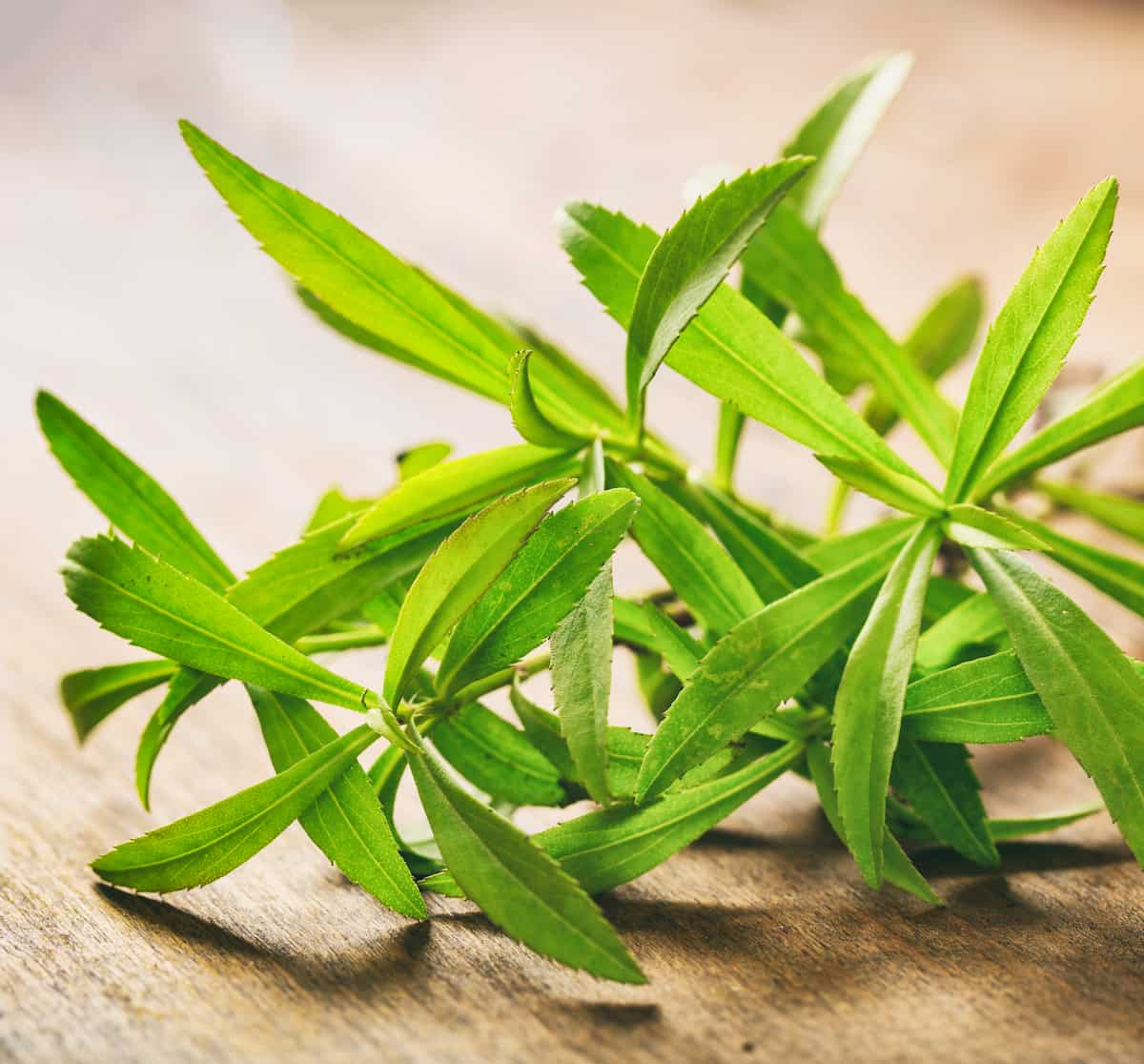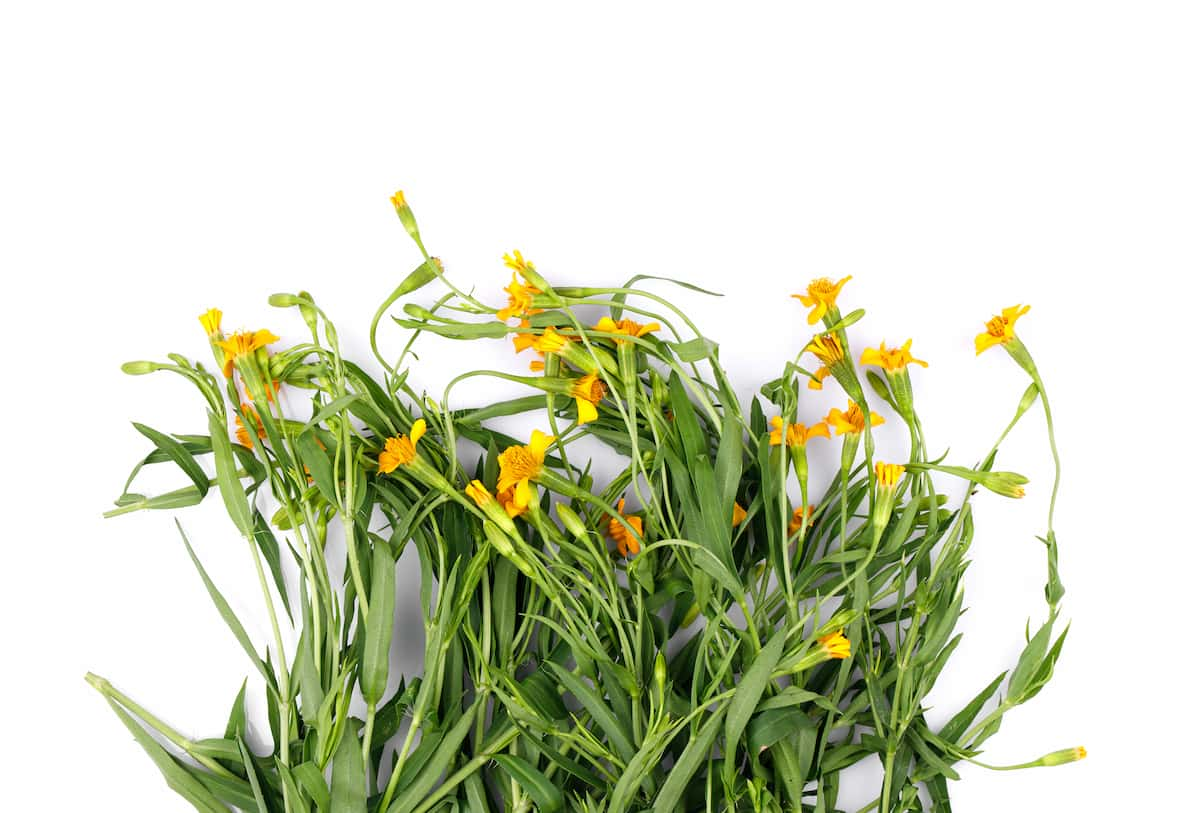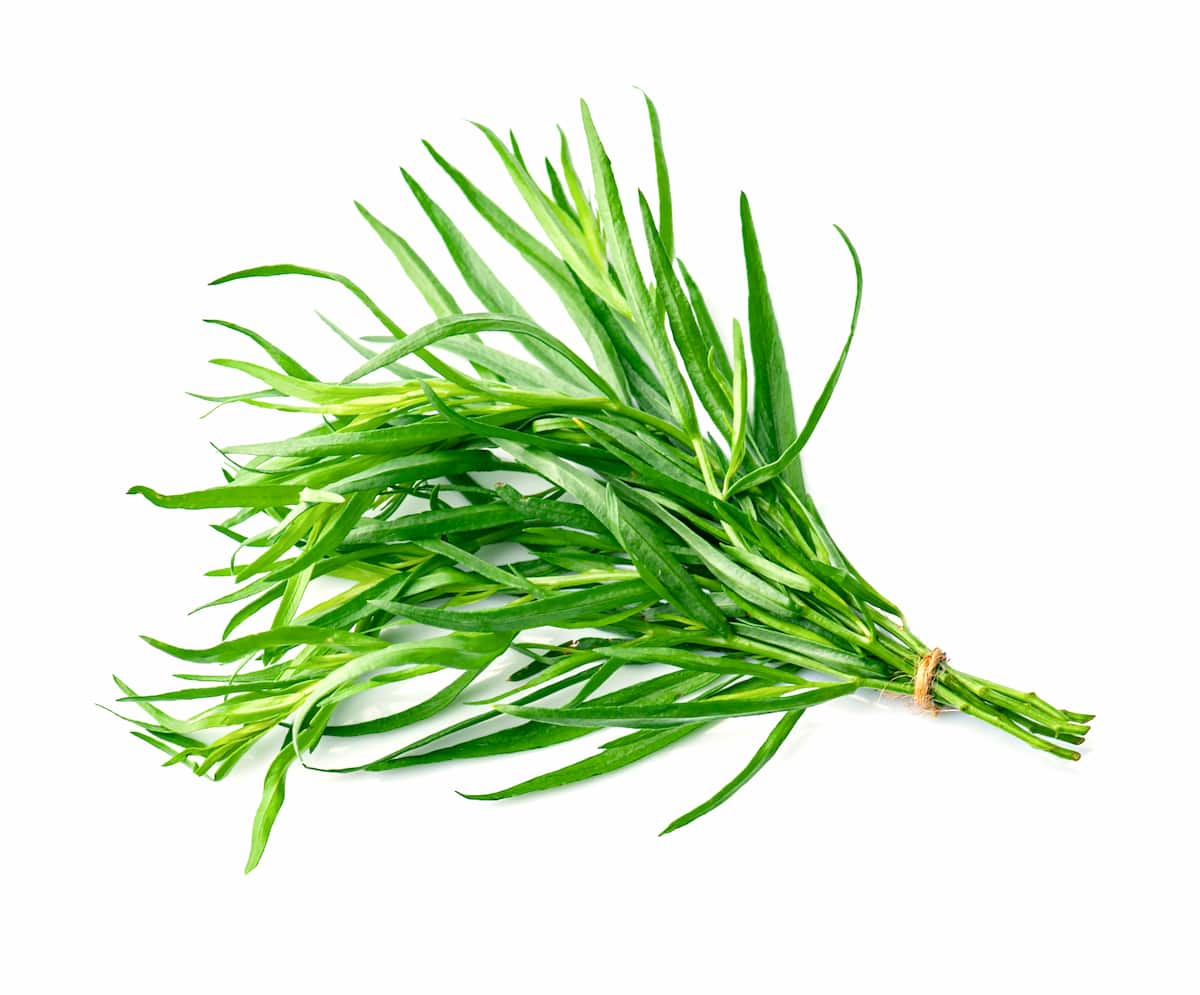Tarragon is a popular herb that is widely used in cooking. It has a subtle, anise-like flavor and is often used to flavor sauces, dressings, and marinades. Tarragon is also a great addition to herb gardens, as it is easy to grow and requires very little maintenance. One of the easiest ways to propagate tarragon is by taking cuttings from an established plant.

How to Grow Tarragon from Cuttings
Choose the Right Time to Take the Cuttings
The best time to take tarragon cuttings is in the late spring or early summer when the plant is actively growing. At this time, the plant will have more energy to grow new roots and establish itself in its new environment. You should avoid taking cuttings when the plant is dormant or stressed.
Prepare the Cutting
You will need a pair of clean, sharp scissors or pruning shears to take the cutting. Look for a healthy stem at least four inches long with several leaves. Cut the stem at a 45-degree angle below a node (where a leaf meets the stem). Remove any flowers or buds from the cutting, as they will take away from the plant’s energy and reduce its ability to grow roots.
Prepare the Pot and Soil
Tarragon prefers well-draining soil with a pH between 6.0 and 7.5. Fill a small pot with potting soil and moisten it slightly. Make a small hole in the center of the potting mix using a pencil or your finger.
Plant the Cutting
Root the cutting by dipping it in rooting hormone powder. Shake off any excess powder and gently insert the cutting into the hole in the potting mix. Firm the soil around the cutting to hold it in place.
Provide the Right Environment
Tarragon cuttings need warmth and moisture to grow roots. Keep the pot in a warm, bright place out of direct sunlight. Check the pot frequently and water as needed to keep the soil moist but not waterlogged.
Transplant the Cutting
After four to six weeks, the cutting should have developed a good root system. You can check this by gently tugging on the cutting. If it resists, it has rooted. Once the cutting has been rooted, remove the plastic bag and gradually expose the plant to more light. After a week or two, it should be ready to transplant into a larger pot or outside in the garden.
Care for the Plant
Tarragon is a hardy plant that requires very little maintenance. Once the plant has been transplanted, providing it with the proper care is important to help it thrive.
- Watering: Tarragon prefers to be kept slightly moist but not waterlogged. Water the plant when the soil feels dry, but avoid overwatering. Overwatering can cause the roots to rot, harming the plant’s health.
- Light: Tarragon prefers a sunny location, but it can also tolerate partial shade. If you are growing tarragon indoors, place it in a spot with plenty of natural light. If you are growing it outside, choose a spot that receives at least 6 hours of sunlight daily.
- Fertilizing: Tarragon is not a heavy feeder but can benefit from occasional fertilization. Its best to use a balanced fertilizer for proper growth.
- Trimming: Regular trimming of tarragon is essential to encourage bushy growth and prevent it from becoming too woody. Trim the plant back to a few inches above the soil level every six weeks during the growing season. This will help the plant produce new growth and keep it from getting too leggy.
- Pests and Diseases: Tarragon is generally a pest and disease-free plant. If you notice the leaves turning yellow or brown, this may be a sign of overwatering. Watch out for aphids, spider mites, and other common pests that can attack tarragon.
In case you missed it: Types of Herbs You Can Grow from Cuttings: Explained in Simple Steps

Harden Off the Plant
Before transplanting your tarragon plant into your garden, hardening it off is important. This means gradually acclimating it to the outside environment. To do this, start by placing the plant outside for a few hours daily in a protected area, such as a shaded porch or under a tree. Gradually increase the amount of time the plant spends outside each day until it spends the entire day outside.
Mulch the Plant
After transplanting your tarragon plant, it’s a good idea to add a layer of mulch around the base of the plant. This will help conserve moisture in the soil and suppress weed growth. Use a layer of organic material, such as shredded leaves or straw, and spread it out around the base of the plant. Leave a small gap around the plant stem to prevent moisture buildup and fungal growth.
Overwinter the Plant
Tarragon is a perennial herb, meaning it will return year after year. However, it is not frost-tolerant and will die back in the winter. To overwinter your tarragon plant, cut it back to a few inches above the soil level in the fall before the first frost. This will help the plant conserve its energy and focus on developing a strong root system for the following season.
Next, cover the plant with a layer of mulch or straw to protect it from freezing temperatures. Make sure to cover the plant thoroughly, but avoid burying the crown of the plant, which is where the stem meets the roots. You can use leaves, straw, or other organic matter to create a protective layer around the plant.
At the time of spring, remove the mulch and watch your tarragon plant return to life. As the new growth emerges, you can water and fertilize the plant again. Tarragon plants tend to become woody after a few years, so it’s a good idea to divide and transplant them every 3-4 years to keep them healthy and productive.
In case you missed it: How to Grow Hydrangeas from Stem Cuttings

Conclusion
In conclusion, growing tarragon from cuttings is an easy and inexpensive way to propagate this popular herb. With a little care and attention, your tarragon plant will provide a steady supply of fresh, aromatic leaves that will add flavor and aroma to your favorite dishes.
- Feed Your Flock for Less: Top 10 Tips to Save on Chicken Feed
- Ultimate Guide to Ossabaw Island Hog: Breeding, Raising, Diet, and Care
- Hatching Answers: The Top 10 Reasons Your Chickens Aren’t Laying Eggs
- Eggs and Economics: Breaking Down the Cost of Raising Backyard Chickens
- Defend Your Greens: Proven Methods to Keep Iguanas Out of Your Garden
- Ultimate Guide to Cinnamon Queen Chicken: A Comprehensive Guide for Beginners
- Ultimate Guide to California Tan Chicken: Breeding, Raising, Diet, Egg-Production and Care
- Ultimate Guide to Marsh Daisy Chicken: Breeding, Raising, Diet, and Care
- 10 Types of Chicken Farming Businesses You Can Start for Profits